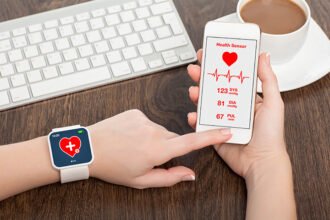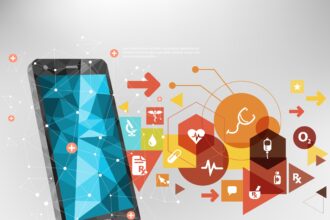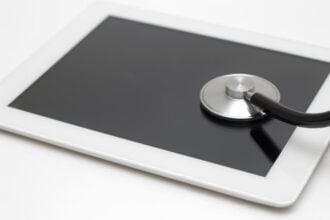 First published on MedCityNews.com. Since wearable health technologies seem to have found the most traction in a slice of the population with a great interest in being healthy, it makes sense that many Olympic athletes used sensors, algorithms and data to get themselves in top shape for the event.
First published on MedCityNews.com. Since wearable health technologies seem to have found the most traction in a slice of the population with a great interest in being healthy, it makes sense that many Olympic athletes used sensors, algorithms and data to get themselves in top shape for the event.
Here are a few examples:
 First published on MedCityNews.com. Since wearable health technologies seem to have found the most traction in a slice of the population with a great interest in being healthy, it makes sense that many Olympic athletes used sensors, algorithms and data to get themselves in top shape for the event.
First published on MedCityNews.com. Since wearable health technologies seem to have found the most traction in a slice of the population with a great interest in being healthy, it makes sense that many Olympic athletes used sensors, algorithms and data to get themselves in top shape for the event.
Here are a few examples:
- Data-obsessed Alpine skier Steven Nyman kept track of his blood glucose and other biometrics every morning and incorporated various other kinds of performance data into his training.
- Freestyle skier Patrick Deneen told Yahoo Sports he used the Coach’s Eye iPad app during training to take video of his jumps and break them down to see where he needed to make technical adjustments.
- Olympic athletes from Canada have reportedly relied on Hexoskin, a sensor-embedded shirt that records heart rate, breathing and movement, to monitor their training.
- In preparing for the Olympics, U.S. figure skater team worked with researcher to use motion capture technologies to simulate how different tweaks could improve their jumps.
- The Wall Street Journal gave Fitbit Flex’s to three Team USA Olympic hopefuls back in November to see how their activity levels compared to three journalists’. Freestyle skier Grete Eliassen burned as many as 7,000 calories on some training days, compared to the sedentary person’s 1,300 or so.







